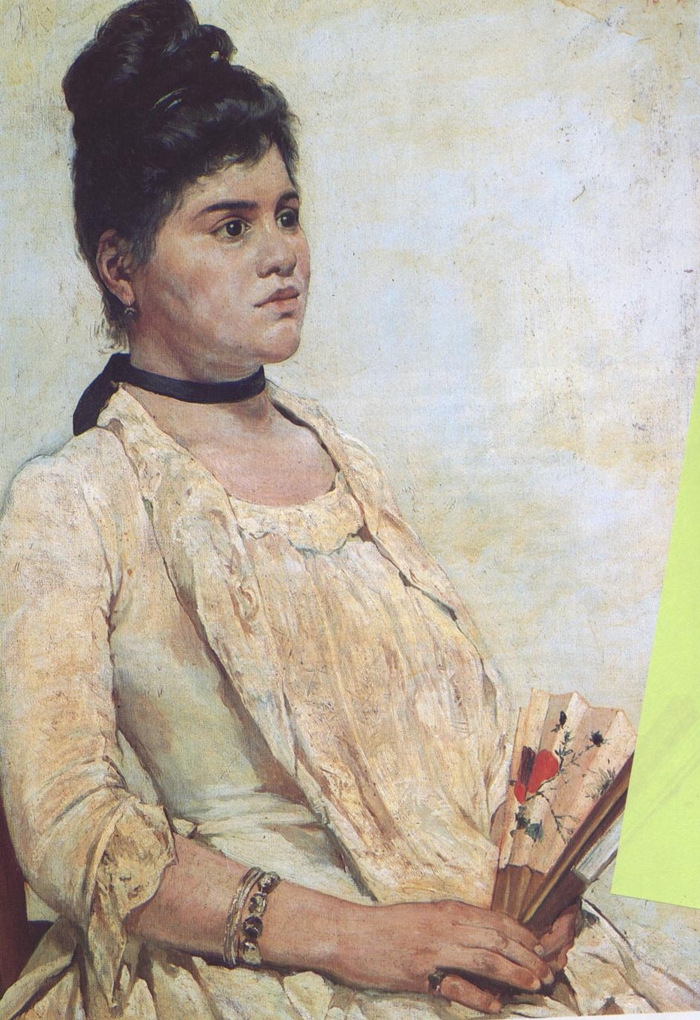
Introduction
Giovanni Fattori, born on September 6, 1825, and passing away on August 30, 1908, was an Italian artist whose influence in the art world remains profound. He is celebrated as one of the leading figures of the Macchiaioli, a group of innovative Italian painters. Fattori’s artistic evolution took him from painting historical and military scenes to becoming a renowned plein-airist, specializing in landscapes, rural settings, and depictions of military life. His later years were marked by a deep commitment to etching. In this biography, we’ll explore the life and artistic journey of Giovanni Fattori.
Youth and Training
Giovanni Fattori was born into modest circumstances in Livorno. His early education was rudimentary, and initially, his family intended for him to pursue a career in commerce. However, Fattori’s exceptional talent in drawing quickly changed their plans. In 1845, at the age of 20, he began an apprenticeship under Giuseppe Baldini (1807–1876), a local artist known for his religious and genre paintings.
A significant turning point in Fattori’s artistic path came in 1846 when he moved to Florence. There, he initiated his formal art education under Giuseppe Bezzuoli. Later that year, he enrolled at the prestigious Academy of Fine Arts in Florence. Interestingly, during this period, Fattori’s interests extended beyond art; he avidly devoured historical novels, particularly those with medieval themes, written by renowned authors like Ugo Foscolo, Francesco Domenico Guerrazzi, and Walter Scott.
The year 1848 marked a significant interruption in Fattori’s studies. Fueled by a strong sense of patriotism, he actively participated as a courier, distributing political leaflets for the Partito d’Azione during the turbulent Italian revolutions of 1848–49. Regrettably, despite his dedication, his family prevented him from joining the military. In 1850, he resumed his studies at the Accademia in Florence.

During this period, Fattori developed a habit of meticulously documenting his observations in small notebooks, always accompanied by countless sketches, reflecting his keen eye and unwavering commitment to his craft.
Legacy
Giovanni Fattori’s legacy in the art world is primarily associated with his pivotal role as a leading figure of the Macchiaioli. His body of work is characterized by an emphasis on military subjects, although rarely depicting battle scenes. Instead, he captured soldiers in their daily lives—whether in encampments, during musterings, or at rest. Beyond his military-themed paintings, Fattori’s talent extended to sensitive portraits, picturesque landscapes, rural scenes, and depictions of horses.
However, as Fattori approached the end of his life, he found himself somewhat out of touch with the evolving trends in painting. This disconnect resulted in a decline in his popularity, and his works failed to capture the interest of the public, leading to financial struggles.
While Giovanni Fattori earned the respect of his artistic peers, his somewhat reclusive nature meant that he didn’t attain the widespread recognition that his talent deserved.
Examples of his exceptional work can be found in prestigious institutions such as the Galleria Nazionale d’Arte Moderna in Rome, Pinacoteca metropolitana di Bari, Galleria Civica d’Arte Moderna e Contemporanea in Turin, Pinacoteca di Brera in Milan, and Galleria d’Arte Moderna in Palazzo Pitti. Additionally, his influence extended to New Zealand, where the Dunedin Public Art Gallery proudly showcases his creations, and in North America, Boston’s Museum of Fine Arts houses notable works associated with his name.
Notably, Giovanni Fattori’s artistic legacy lives on in his hometown, where the Museo Civico Giovanni Fattori in Livorno pays homage to his contributions to the world of art. Among his pupils, he inspired talents such as Luigi Michelacci and Ruggero Panerai.
In conclusion, Giovanni Fattori’s journey from modest beginnings to artistic greatness is a testament to his unwavering dedication to the craft of painting and his enduring impact on the art world.







































